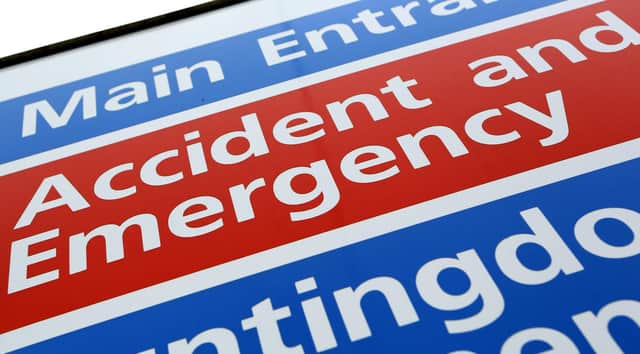Drop in visits to A&E at the Manchester Trust last month


Fewer patients visited A&E at the Manchester Trust last month – but attendances were higher than over the same period last year, figures reveal.
NHS England figures show 38,571 patients visited A&E at Manchester University NHS Foundation Trust in August.
Advertisement
Hide AdAdvertisement
Hide AdThat was a drop of 8% on the 42,093 visits recorded during July, but 49% more than the 25,969 patients seen in August 2020.
The figures show attendances were above the levels seen before the coronavirus pandemic – in August 2019, there were 34,096 visits to A&E at the Manchester Trust.
The majority of attendances last month were via major A&E departments – those with full resuscitation equipment and 24-hour consultant-led care – while 17% were via minor injury units.
Meanwhile, around 7% were via consultant-led departments with single specialties, such as eye conditions or dental problems.
Advertisement
Hide AdAdvertisement
Hide AdAcross England, A&E departments received 2 million visits last month.
That was a decrease of 6% compared to July, but 19% more than the 1.7 million seen during August 2020.
At Manchester University NHS Foundation Trust:
In August:
There were 902 booked appointments, down from 961 in July
69% of arrivals were seen within four hours, against an NHS target of 95%
2,213 patients waited longer than four hours for treatment following a decision to admit
Of those, two were delayed by more than 12 hours
Separate NHS Digital data reveals that in July:
The median time to treatment was 107 minutes
Around 32% of patients left before being treated